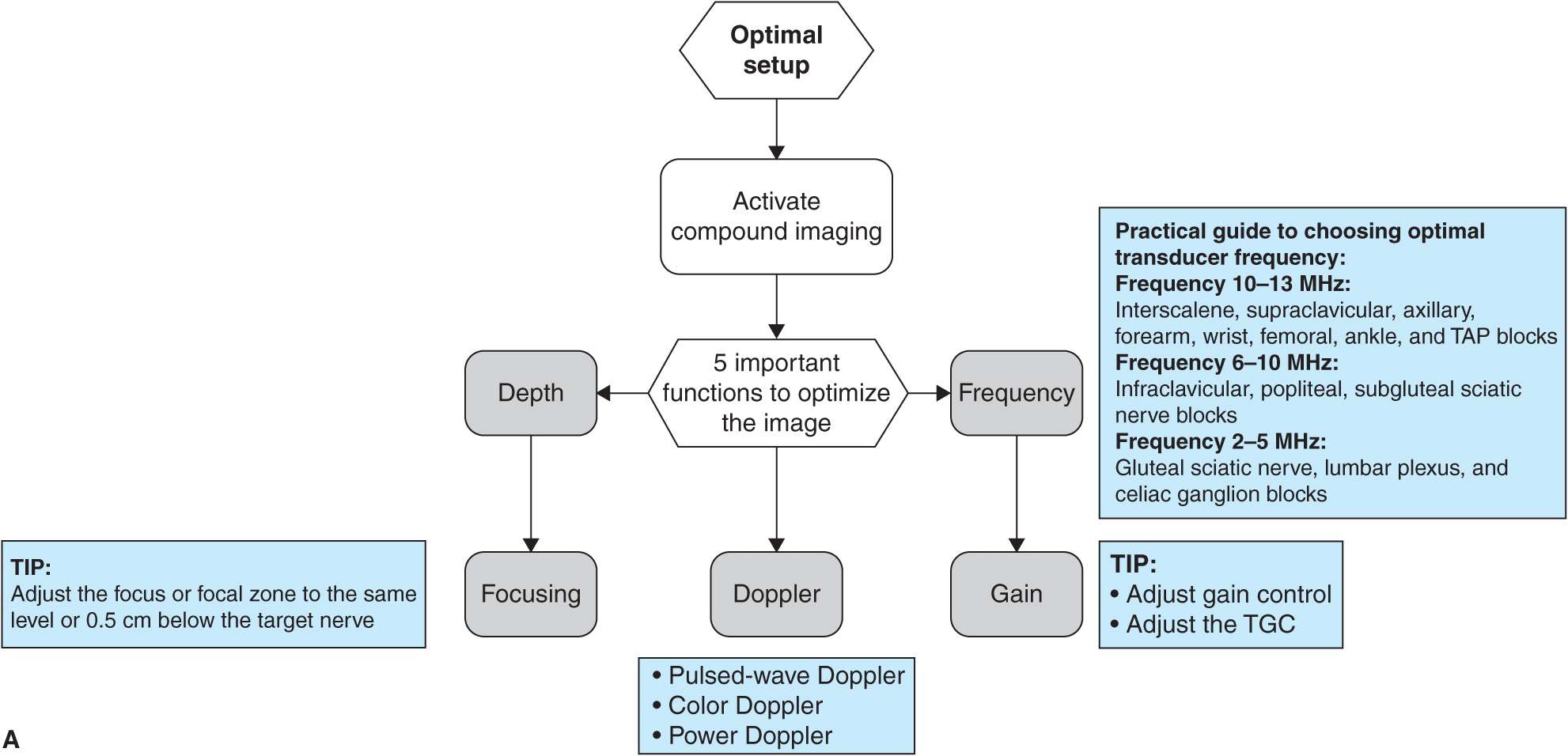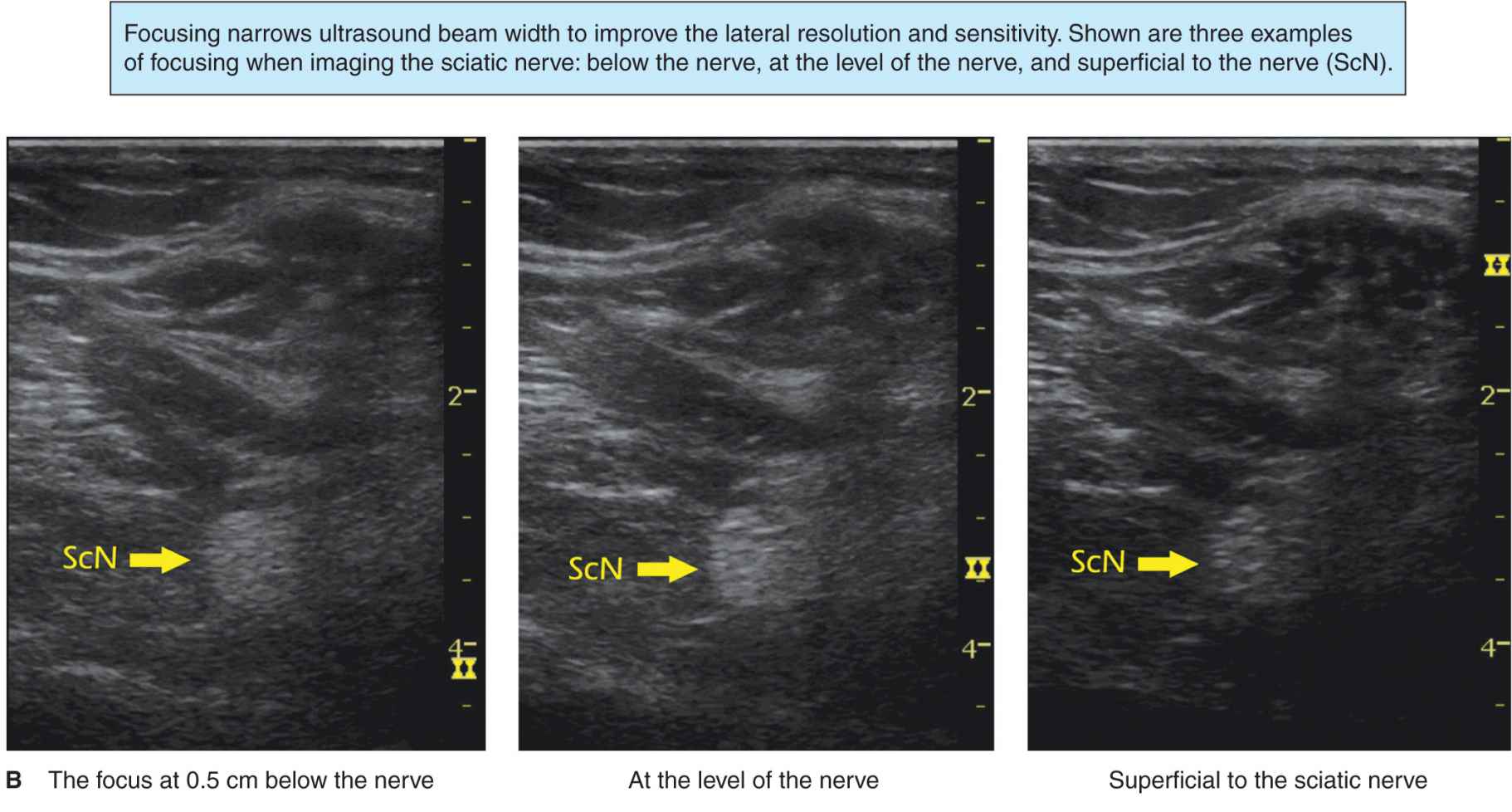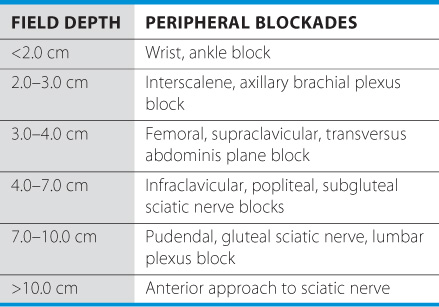FIGURE 27-1. Architecture of peripheral nerves.
All in all, sonographic imaging modes used for ultrasound-guided regional anesthesia and medical diagnostics are conventional imaging, compound imaging, and tissue harmonic imaging (THI). The conventional imaging is generated by a single-element angle beam. The compound imaging is implemented by acquiring several (usually three to nine) overlapping frames from different frequencies or from different angles. The tissue harmonic imaging acquires the information from harmonic frequencies generated by ultrasound beam transmission through tissue, which improves tissue contrast by suppression of scattering signals. Compound imaging with The tissue harmonic imaging can provide images with better resolution, penetration, and interfaces and margin enhancement, compared with those obtained using conventional sonography. In Figure 27-2, compound imaging and conventional imaging was used to view the interscalene brachial plexus. There is a clear margin definition of two hypoechoic oval-shaped nerve structures in compound imaging. As an example, the contrast resolution between the anterior scalene muscle and the surrounding adipose tissue is enhanced in comparison with those made with conventional imaging techniques.

FIGURE 27-2. Examples of image quality typically obtained with conventional versus compound imaging.
Five function keys on an ultrasound machine are of crucial importance to achieve an optimal image during the performance of peripheral nerve imaging (Figure 27-3A).

FIGURE 27-3. Optimizing an ultrasound image using five key functional adjustments (A) and specific tips on adjusting the focus (B) and gain (C). Some ultrasound models are specifically optimized for regional anesthesia application and may not incorporate user-adjustable focus and/or time gain compensation (TGC).
1. Depth: The depth of the nerve is the first consideration when ultrasound-guided nerve block is performed. The depth at which peripheral nerves are positioned and therefore imaged greatly varies and also depends on a patient’s habitus. An optimal depth setting is important for proper focusing properties during imaging. Table 27-1 describes the recommended initial depth settings for common peripheral nerves. The target nerve should be at the center of the ultrasound image to obtain the best resolution of the nerve and reveal other anatomic structures in the vicinity of the nerve. For example, ultrasound imaging during supraclavicular or infraclavicular brachial plexus blockade requires that first rib and pleura are viewed simultaneously to decrease the risk of lung puncture with the needle.
TABLE 27-1 Suggested Optimal Imaging Depth for Common Peripheral Nerve Blocks
2. Frequency: The ultrasound transducer with the optimal frequency range should be selected to best visualize the target nerves. Ultrasound energy is absorbed gradually by the transmitted tissue; the higher the frequency of ultrasound, the more rapid the absorption, and the less distance propagation. Therefore, a low-frequency transducer is used to scan structures at a deeper location. Unfortunately, this is at the expense of reduced image resolution.
3. Focusing: Lateral resolution can be improved by choosing the higher frequency as well as by focusing the ultrasound beam. In actual practice, the focus is adjusted at the level of the target nerve; the best image quality for a given nerve is obtained by choosing an appropriate frequency transducer and the focal zone (Figure 27-3B).

4. Gain: Screen brightness can be adjusted manually by two function buttons: gain and time-gain compensation (TGC). Excessive or inadequate gain can cause both a blurring of tissue boundaries and a loss of information. Optimal gain for scanning peripheral nerves is typically the gain at which the best contrast is obtained between the muscles and the adjacent connective tissue. This is because muscles are well-vascularized tissue invested with connective tissue fibers, whereas, the echo texture of connective tissue is similar to that of nerves. In addition, increasing gain below the focus works well with the TGC control to visualize both the target nerve and the structures below it. Figure 27-3C shows the same section with both correct and incorrect gain and TGC settings.

Full access? Get Clinical Tree









